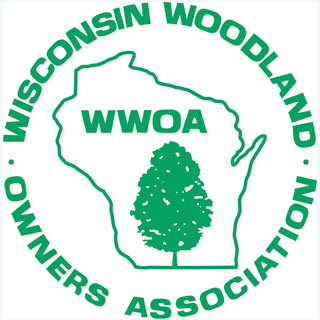Government Affairs
WI Joint Finance Committee announces state budget public hearing dates
The Wisconsin legislature’s budget-writing committee announced state budget public hearings. The hearings give people an opportunity to share what they’d like to see prioritized in the next state budget.
Gov. Evers Declares State of Emergency for Severe Winter Weather in Northern Wisconsin
As of this morning (April 2, 2025), there are still more than 10,000 homes and businesses without power in the Northwoods from Saturday night’s storms. In the coming days and weeks, woodland owners with property in Northern Wisconsin should contact their forester, northern neighbors, or plan to travel north to check on their woodlands. Significant damage to forests in some areas has occurred.
MFL bill to open land for Vehicles Dead for Now, could resurface?
MFL bill to open land for Vehicles Dead for Now, could resurface?
SB 999/AB 1039 – Managed Forest Law bills dead for now
As the Wisconsin legislative session comes to a close SB 999/AB 1039 did not move out of the Senate Committee on Financial Institutions and Sporting Heritage. WWOA believes, as do many others, that this bill or something similar will resurface in a future legislative session. As your legislators and future legislators are in their districts this summer and fall before the fall election, this is the perfect time to meet with them.
SB 999 Companion Bill is AB 1093
On February 16, 2024, the companion bill to Senate Bill 999 (Motorized vehicles on Open MFL lands), Assembly Bill 1093, was read for the first time and referred to the Assembly Committee on Forestry, Parks and Outdoor Recreation. This Committee is chaired by long-time forestry advocate, Representative Mursau from Crivitz.
WWOA Testimony at SB 999 Public Hearing
* Please note that information following SB999/AB1093 will be posted under News, Government Affairs going forward. President Don Hoffman is holding WWOA’s testimony and executive director, Nancy Bozek, is holding the letters of more than 50 members that were sent to their legislators, the bill’s authors, and/or Senate Committee members. WWOA’s testimony and a copy of your letters were presented to the Senate Committee members.
Public Hearing Announced for SB 999 – MFL & Motorized Vehicles
Your Voice is Needed! Public Hearing Scheduled for Wed, February 14 at 1 pm on Open Managed Forest Law Lands & Motorized Vehicles Yesterday, February 8, 2024, WWOA sent you a message about WI Senate Bill 999 with proposed changes to the Managed Forest Law program to require access for motorized vehicles on Open MFL lands.
Proposed Change to the Managed Forest Law Program
Your Voice is Needed – Open Managed Forest Law Lands & Motorized Vehicles Yesterday, February 7, 2024, Wisconsin Senate Bill 999, was read into the record for the first time and referred to the Committee on Financial Institutions and Sporting Heritage.
Conservation Reserve Enhancement Program sign up
USDA Authorizes Conservation Reserve Enhancement Program Signup FOR IMMEDIATE RELEASE: February 2, 2024Contact: Dan Richter, Public Information Officer, (608) 419-5352, dan.richter@wisconsin.gov MADISON, Wis. – The Wisconsin Department of Agriculture, Trade and Consumer Protection’s (DATCP) is reminding agricultural producers and private landowners to apply for the Conservation Reserve Enhancement Program (CREP). Enrollment opened January 12 and applications will be accepted on a first come, first served basis until July 31, 2024, or until the acreage cap is met.
USDA expands Partnerships with New Programs
USDA Announces Historic Investment in Wildlife Conservation, Expands Partnership to Include Additional Programs $500 Million from Farm Bill Is Part of Broader Commitment from FSA and NRCS to Working Lands Conservation that Benefits Wildlife and Supports Agriculture and Rural Communities BOULDER, Colo., June 27, 2023 – Today, the U.S.
